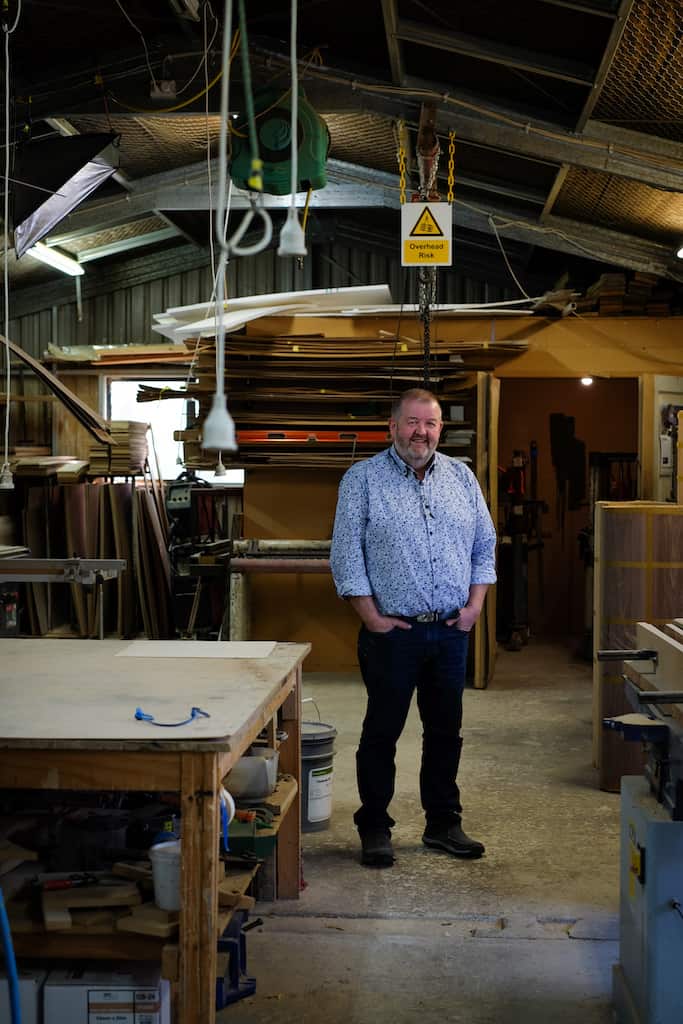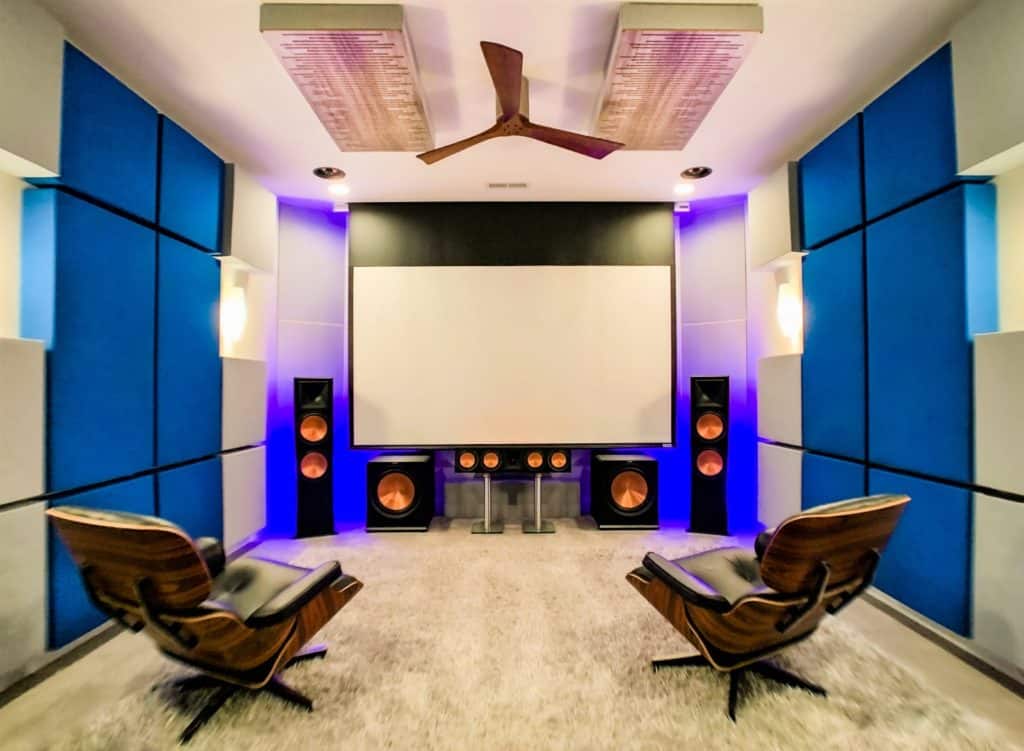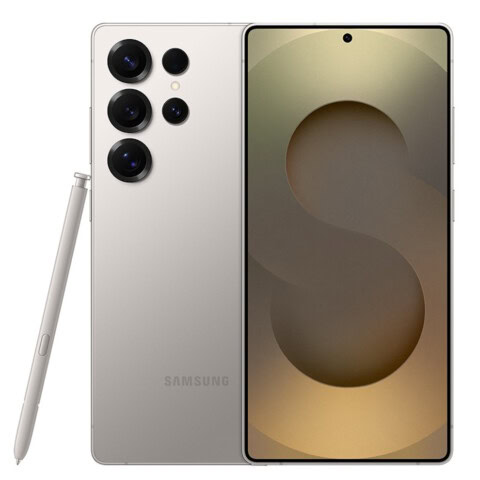RICHARD VAREY had been neglecting his loudspeakers, so he set out to find the tweaks that would see them sound their very best.
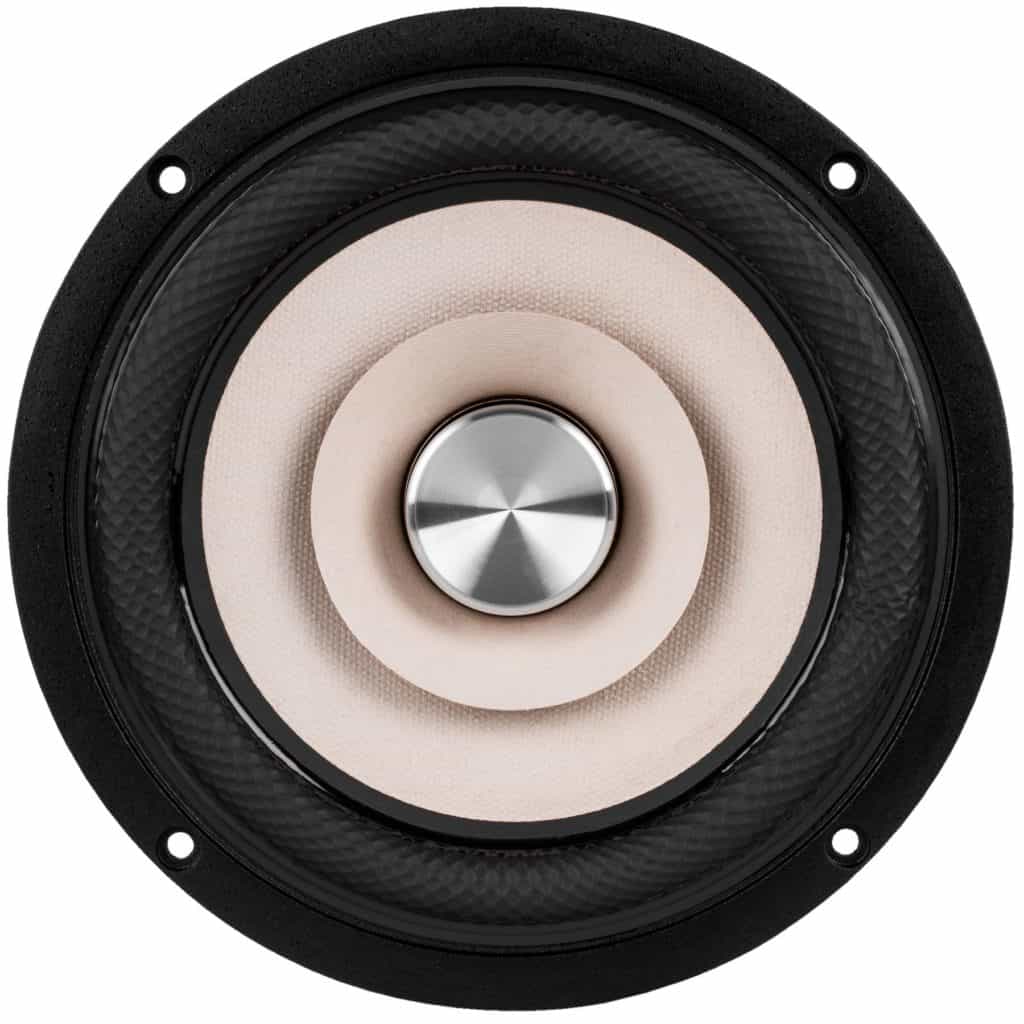
Fancy a top transducer tweak? Here’s my list of tips for getting the best from your loudspeakers, a roundup of my devout audiophile efforts to get the most from my home audio system.
Loudspeakers get neglected. They don’t get the attention they need, even though they’re right in front of us. We expect a lot from them for our listening enjoyment, yet their coupling with the listening room is often not considered or understood.
Would you like to support our mission to bring intelligence, insight and great writing to entertainment journalism? Help to pay for the coffee that keeps our brains working and fingers typing just for you. Witchdoctor, entertainment for grownups. Your one-off (or monthly) $5 or $10 donation will support Witchdoctor.co.nz. and help us keep producing quality content. It’s really easy to donate, just click the ‘Become a supporter’ button below.
I recommend that loudspeakers and room are treated together. The final link in the audio system is not the speaker, it’s the sound field between it and the listener. That’s where the potential upgrade in sound quality and music listening experience lies, right there, before your eyes – and ears.
My checklist comprises nine easy, mostly no-cost or low-cost tweaks that have given my speakers the best chance to do their work most effectively – to re-present recorded music. These dos and don’ts are highly recommended. They’re not alternatives, I’ve done them all. You should try them, too.
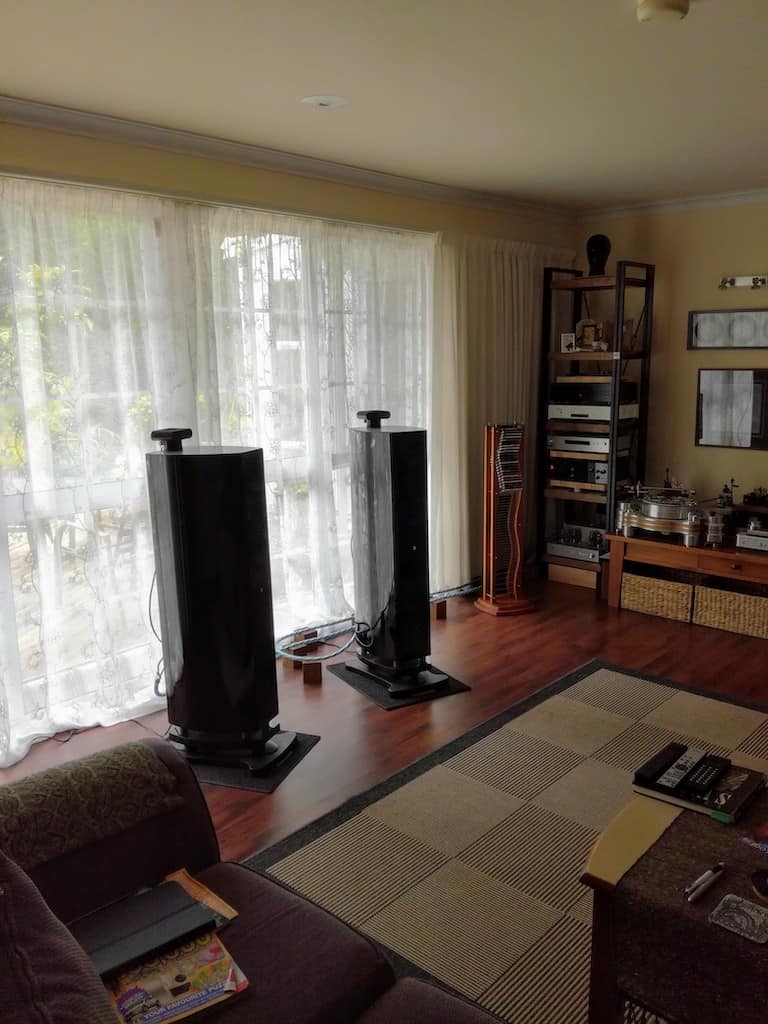
SEPARATION
Don’t put the speakers too far apart and fall into the stereo trap of indistinct centre image and sound-from-a-box impression. Following the principles of Ambiophonics, try spacing your speakers at around 20° as seen from your listening position (orthodox stereo configuration places them at more like 60°). Mine are less than 1 metre apart, and the soundstage representation is remarkable.
It’s easy to think that ambiophonic listening is only about getting a bigger auditory soundstage image than is achievable with a stereo configuration. It is (180° vs 60°), but having lived with it for several months, the thing I find most pleasing is the sound quality.
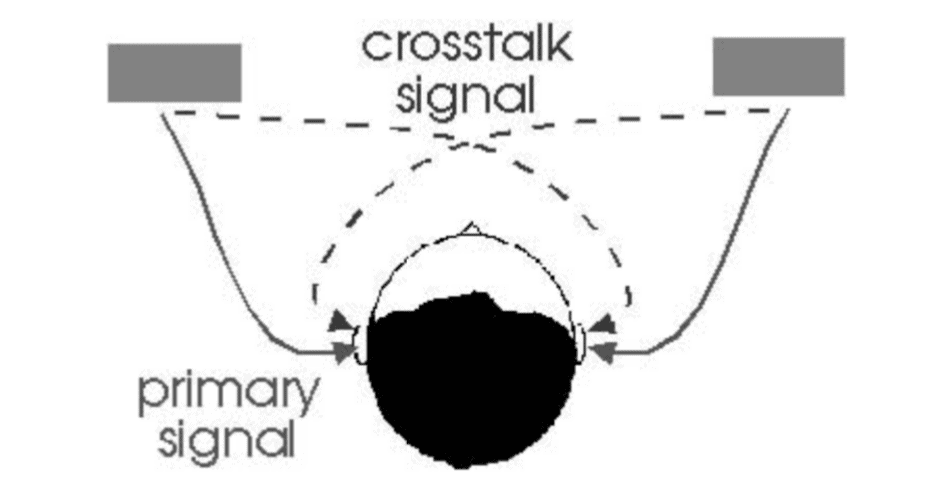
In “Ambiophonics the front stage is rendered without pinna confusion, without altering timbre, and with a natural stage up to 180° wide if that has been captured in the recording. Ambiophonics does this by eliminating crosstalk – and by turning stereo inside out – moving the speakers together to the front where they recreate sounds not in between but outside of themselves.”
From a range of options, including free apps, I chose a fairly inexpensive miniAmbio processor running Recursive Ambiophonic Crosstalk Elimination software.
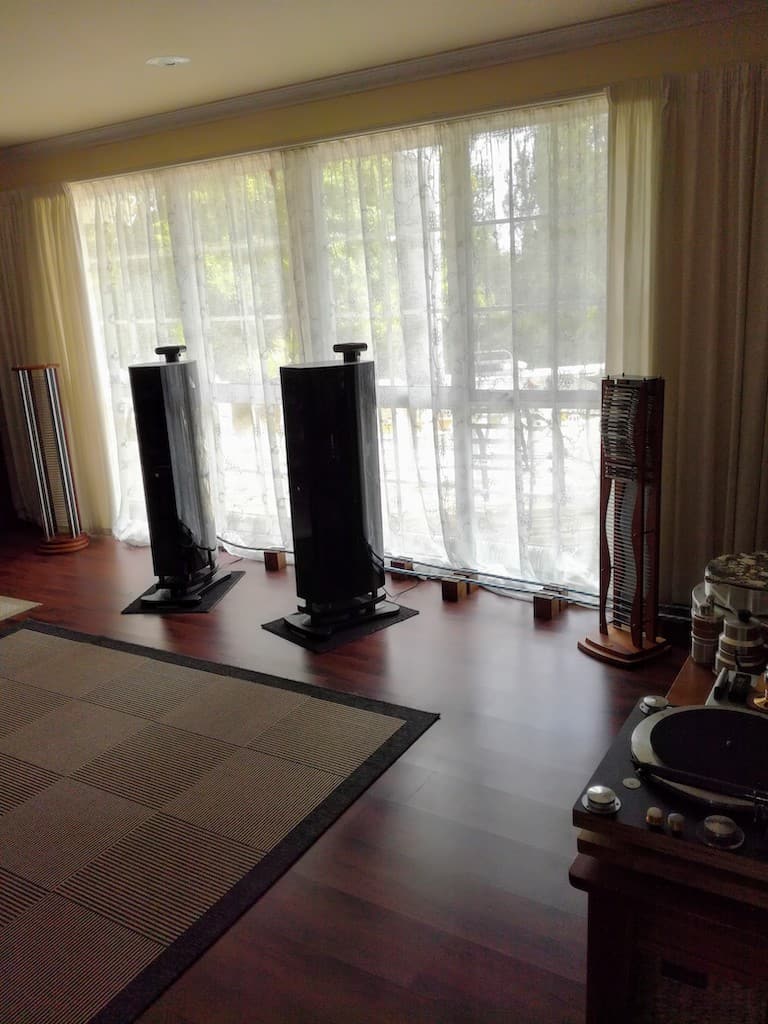
PLACEMENT
Don’t put them against a wall (or even worse, in room corners). Place them as far away from walls as is practical, and let them breathe. They must freely move air to work correctly. Mine are 1 metre from the front wall and at the midpoint. Sound above 400 Hz is directional. In fact, the higher the frequency, the more directional are the sound waves.
In a 2-channel listening room, these bounce off the nearby walls and produce very noticeable second-order reflections which compete with the direct sound from the loudspeakers. Ethan Winer’s advice on speaker placement is surprising: “The inevitable low-frequency peaks and nulls present in all rooms are the least damaging when listeners are seated 38 percent of the room’s length away from the front wall”. Placing the speakers symmetrically in relation to walls and corners ensures minimal difference in sonic performance. Irregular room dimensions are best for avoiding acoustical problems that stamp a ‘room acoustic’ or sonic character on the sound.
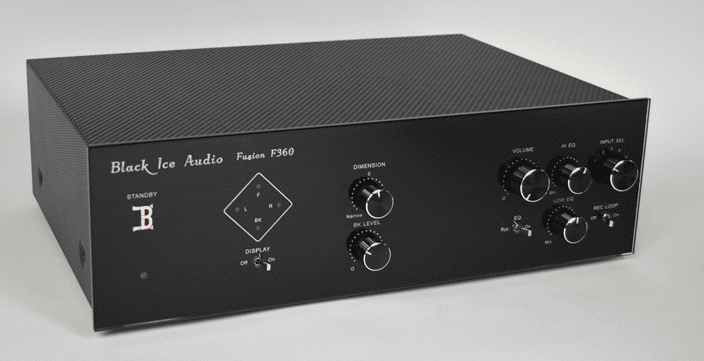
SPACE
Don’t put piles of other gear between them. Component racks should be to one side and away from the line of sight with your seat, for the same reason as above. Placing objects that differentially reflect sound waves between the speakers creates confusion and deadens or brightens the sound in ways that usually don’t enhance the presentation of the sound image.
A phono pickup will be especially sensitive to soundwaves from speakers. There’s more advice on avoiding spoiling system sound quality in Jim Smith’s book Get Better Sound.
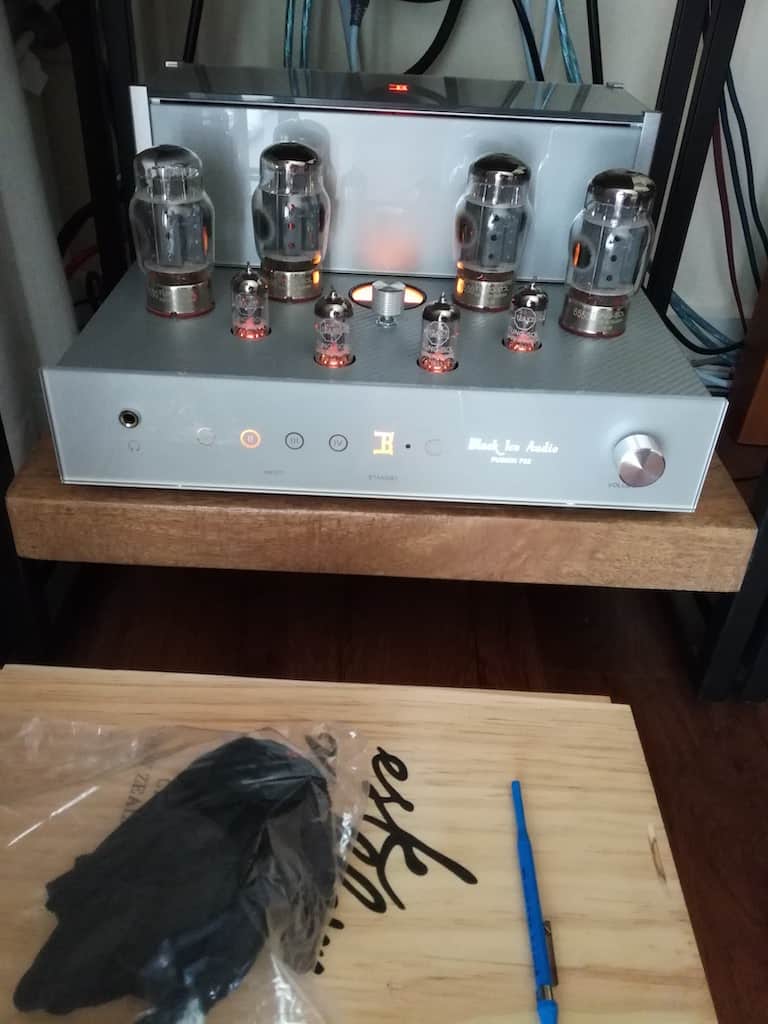
REFLECTIONS
Don’t allow reflections from hard and flat surfaces to interfere with sound waves created by the drivers. Use curtains, or similar folded material, to damp, as above.
Aggressive toe-in of speakers also reduces the proportion of speaker output that is not direct to the ear, thus ‘tidying’ the sound as reinforcement and cancellation effects are reduced.
I’ve placed ‘tower’ CD racks beside my speakers to break up reflections. Ideally, the listening room should have no large flat uniform reflecting surfaces, so shelves, pictures, irregular objects, upholstered furniture, and carpet are good controllers of reverberation by diffusing and absorbing sound energy. Avoid things that will rattle and resonate.
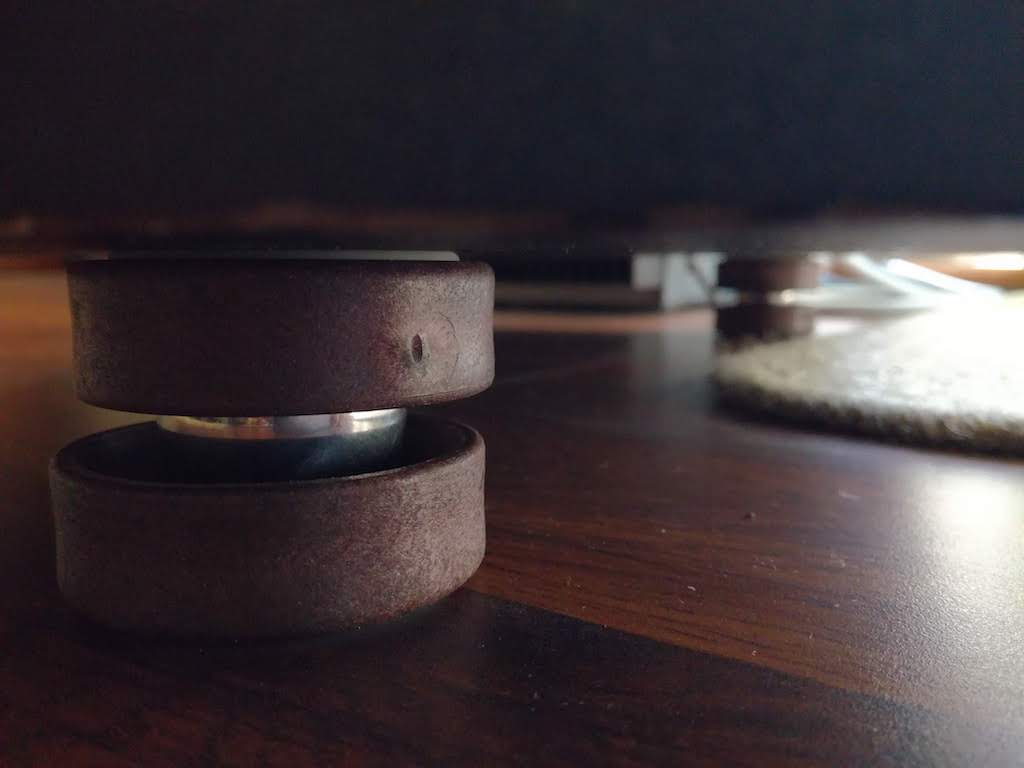
VIBRATION
Don’t couple your speakers to the floor and thereby create a huge sounding board that muddies the sound, booms the bass, and vibrates everything from windows, doors, gib board walls, and your turntable and other disc players. Plinths add mass (inertia) that dampens.
Don’t live with the interference of vibration. Use rollerball isolation to clean your sound. I followed the advice of renowned mastering and recording engineer Barry Diament.
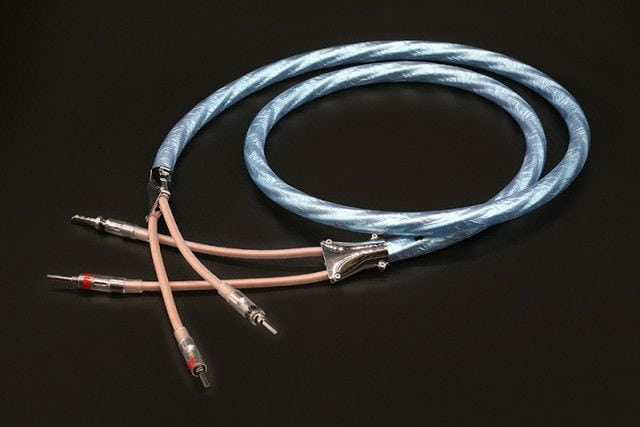
CABLING
Don’t use cables that constrict and colour the sound. Use zero induction cables – the Supra Sword is the only sensibly-priced audio cable that I know that is a neutral conductor of audio current. The absence of time error smearing and transient damping is a sonic revelation.
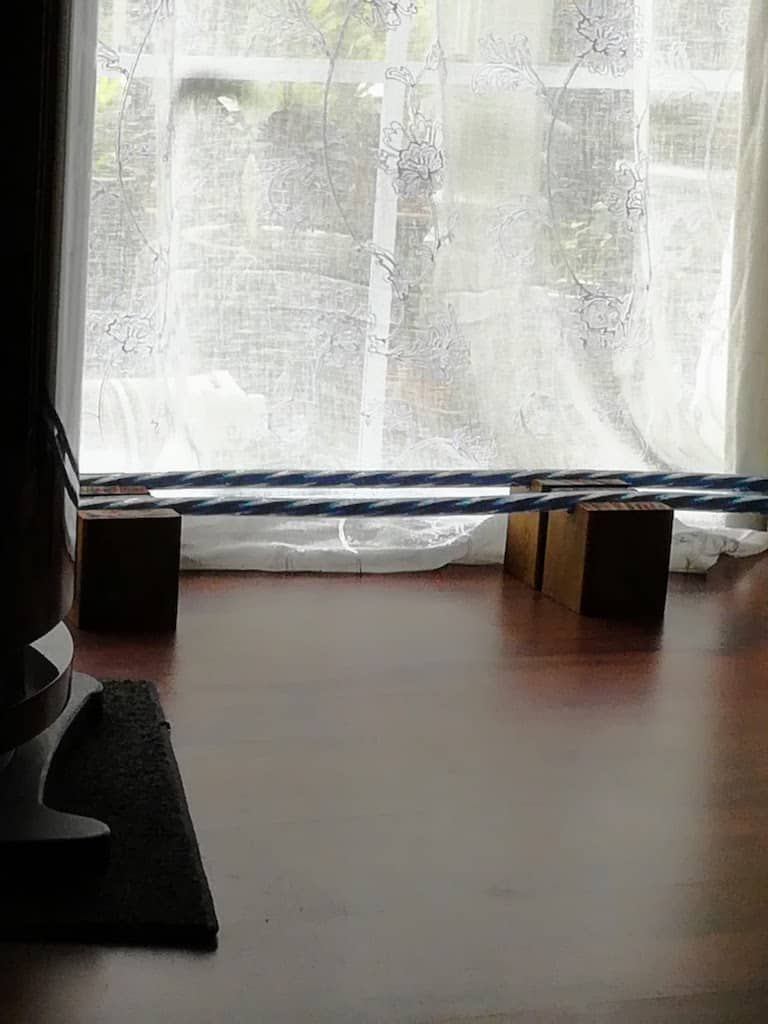
CONDUCTANCE
Don’t run long cables on the floor, and especially not on synthetic fibre floor coverings. The flow of current through the cables is affected, to the detriment of clarity and dynamic response. Cables lifted using simple DIY wood blocks give the cables unimpeded conductivity. Three electrical characteristics matter in audio conductors. They are jointly related to alternating current frequency. The minimisation of each is desirable for the performance to be sonically neutral. Lifting the speaker cable off the floor lowers the cable’s total capacitance, which can make a difference to the sound of your system.
SUPER FREQUENCY
Don’t assume that sound above typical human hearing is irrelevant. Super tweeters add openness and life, and greater realism, to speaker sound.
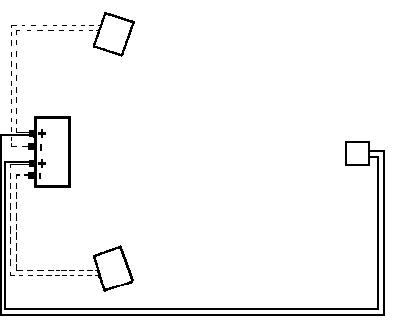
AMBIENCE
Don’t be satisfied with stereo imaging. Add a third out-of-phase speaker (connected across the two positive terminals of the amplifier outputs). This tweak is brought to you by Brian Eno as a simple way to extract ambient sound from recordings. Check out the sleevenotes on his album Ambient 4: On Land (1982).
BREATHING
My 10th tip (well, it will be Christmas soon, after all!) is don’t play music loud with windows and doors closed. Allow the air to flow. Leave a door open. Let the room and speakers breathe.
Happy listening!
- You can read more about my audiophile experiments on my Music & HiFi Appreciations blog at https://hifiauditions.wordpress.com
- No music mangled by over-compression was listened to during the writing of this article.
- The loudspeakers in my system are Audio Pro Avanti A100 DC with ACE-Bass built-in active subwoofers. They are driven by a Black Ice Audio F360 tube preamplifier and a Black Ice Audio F22 power amplifier running 6550 tubes.








